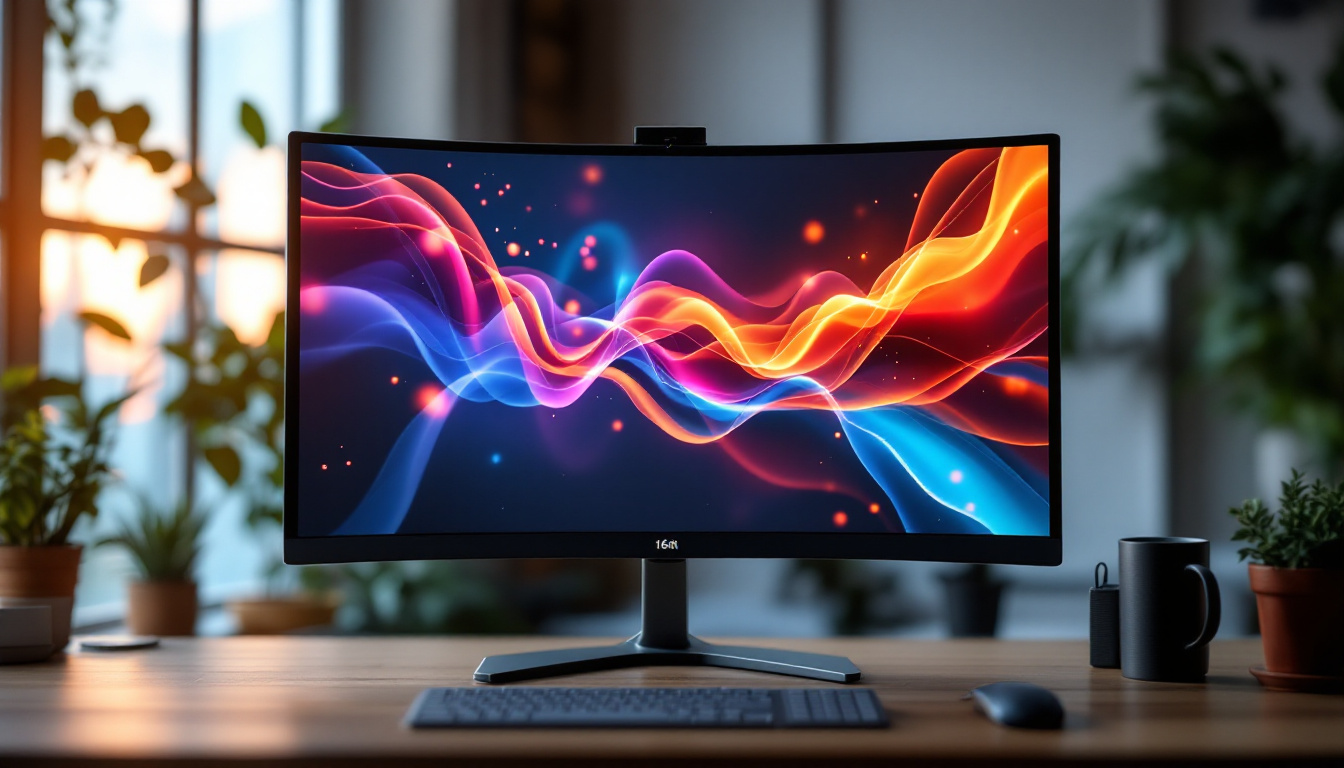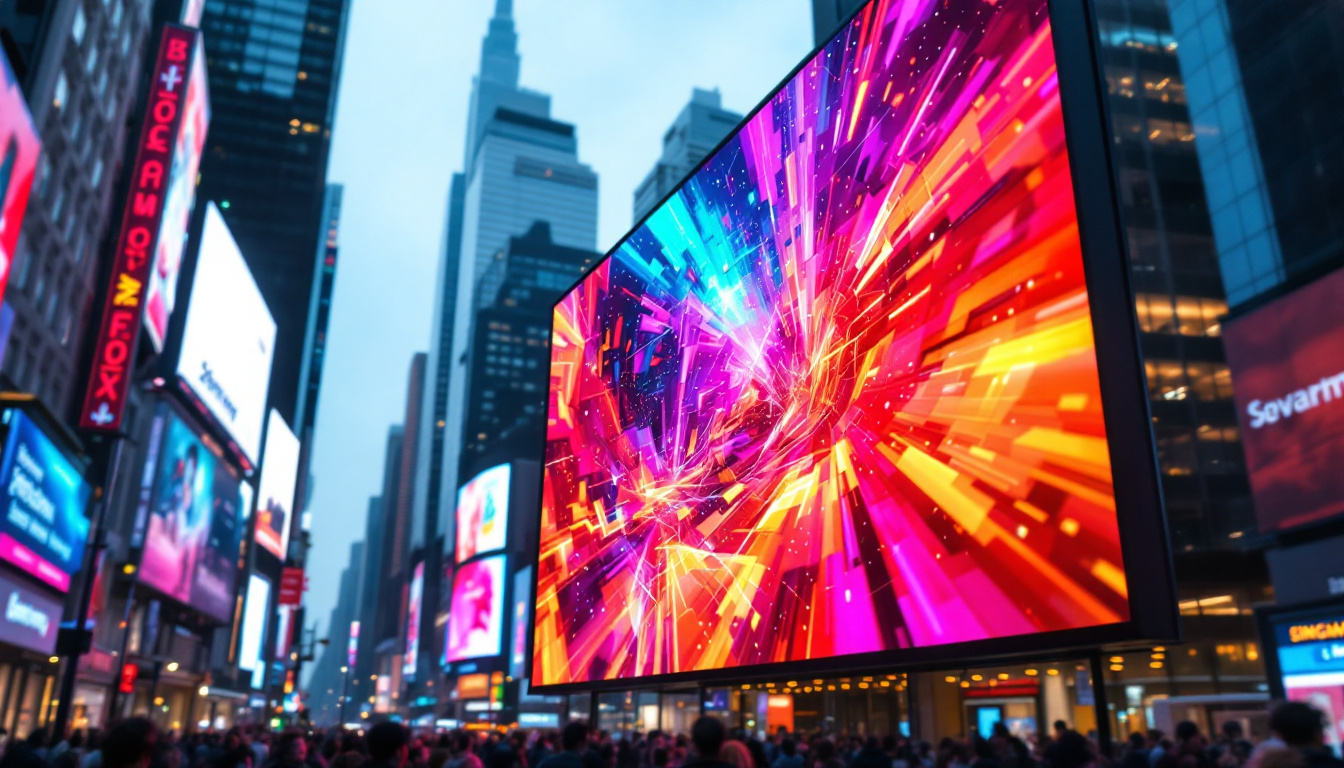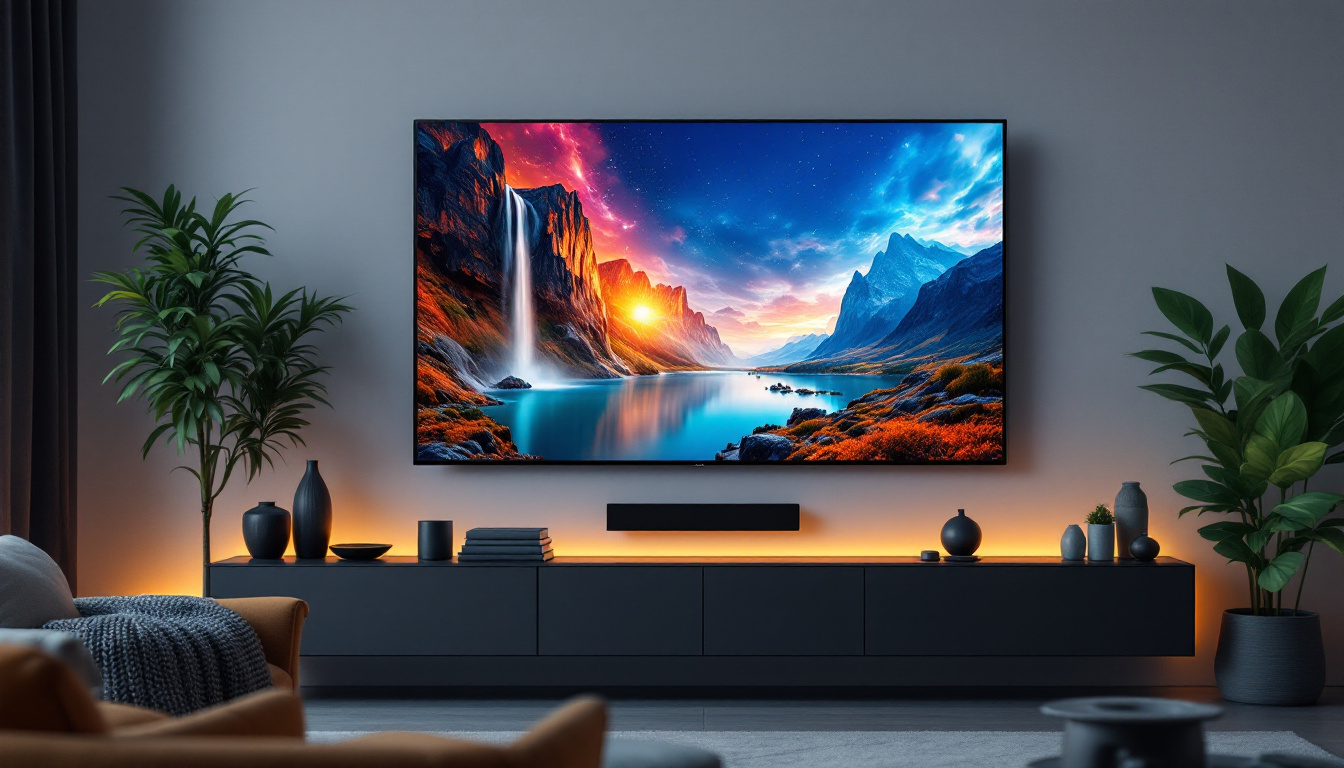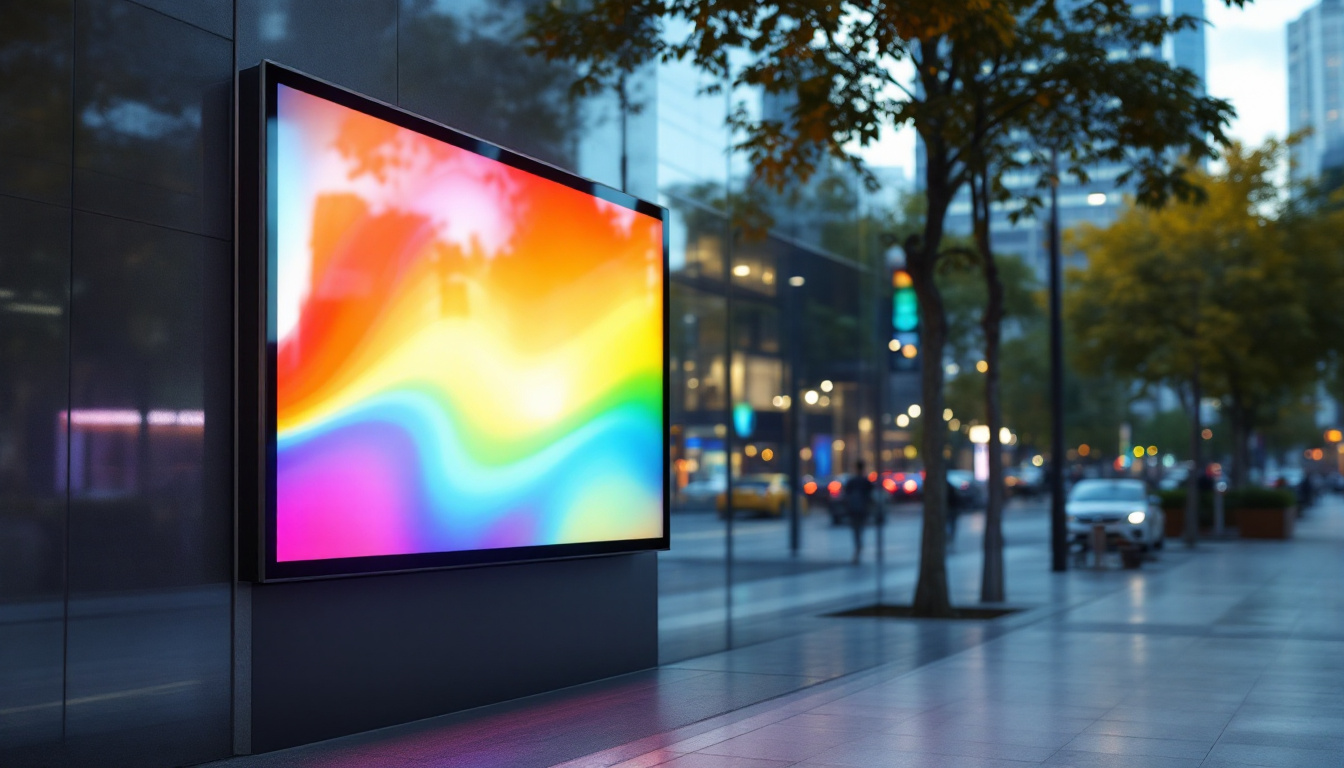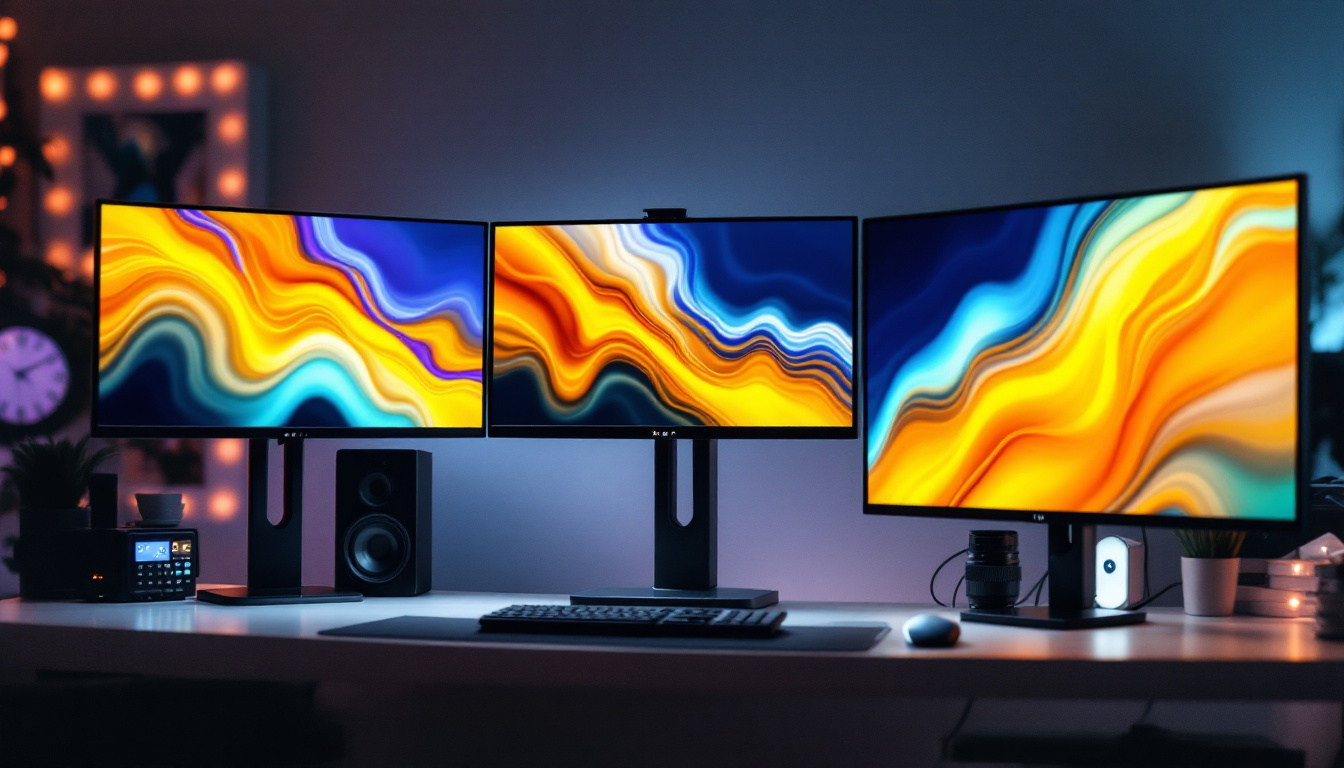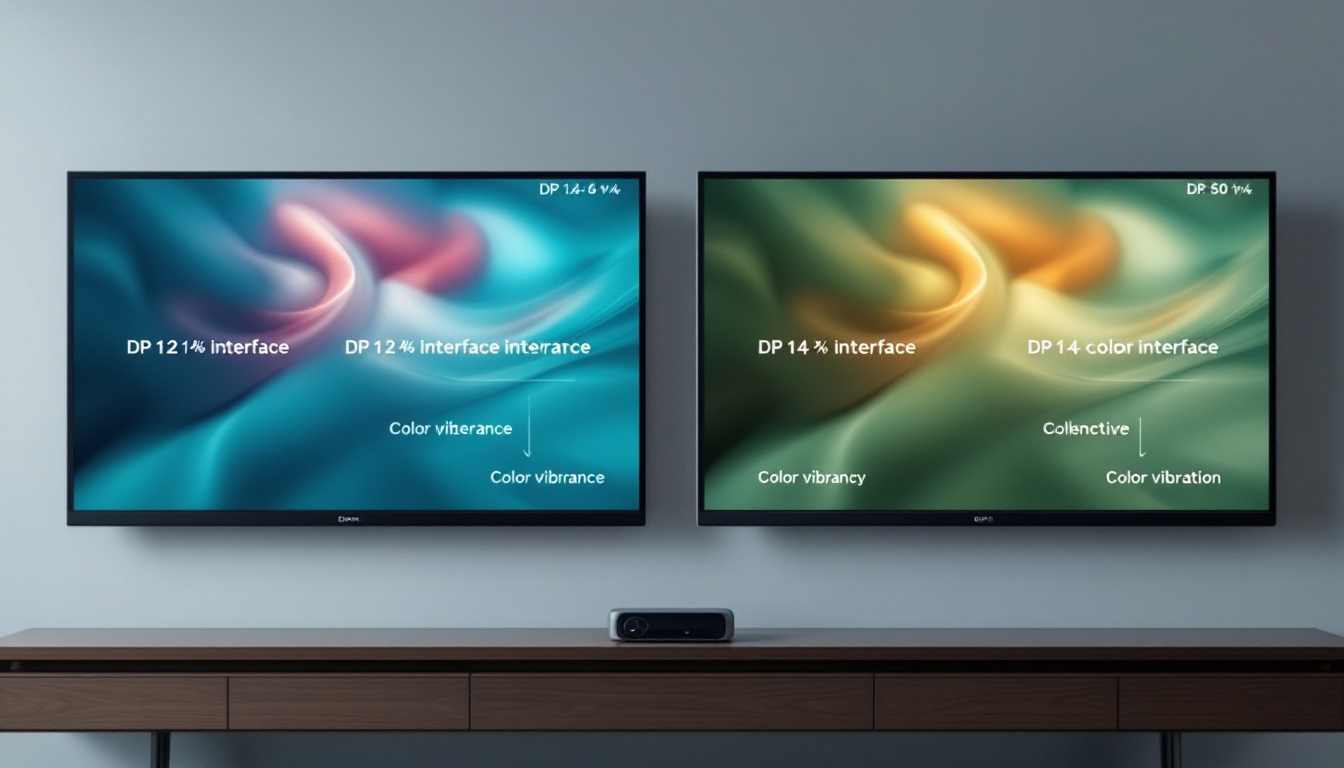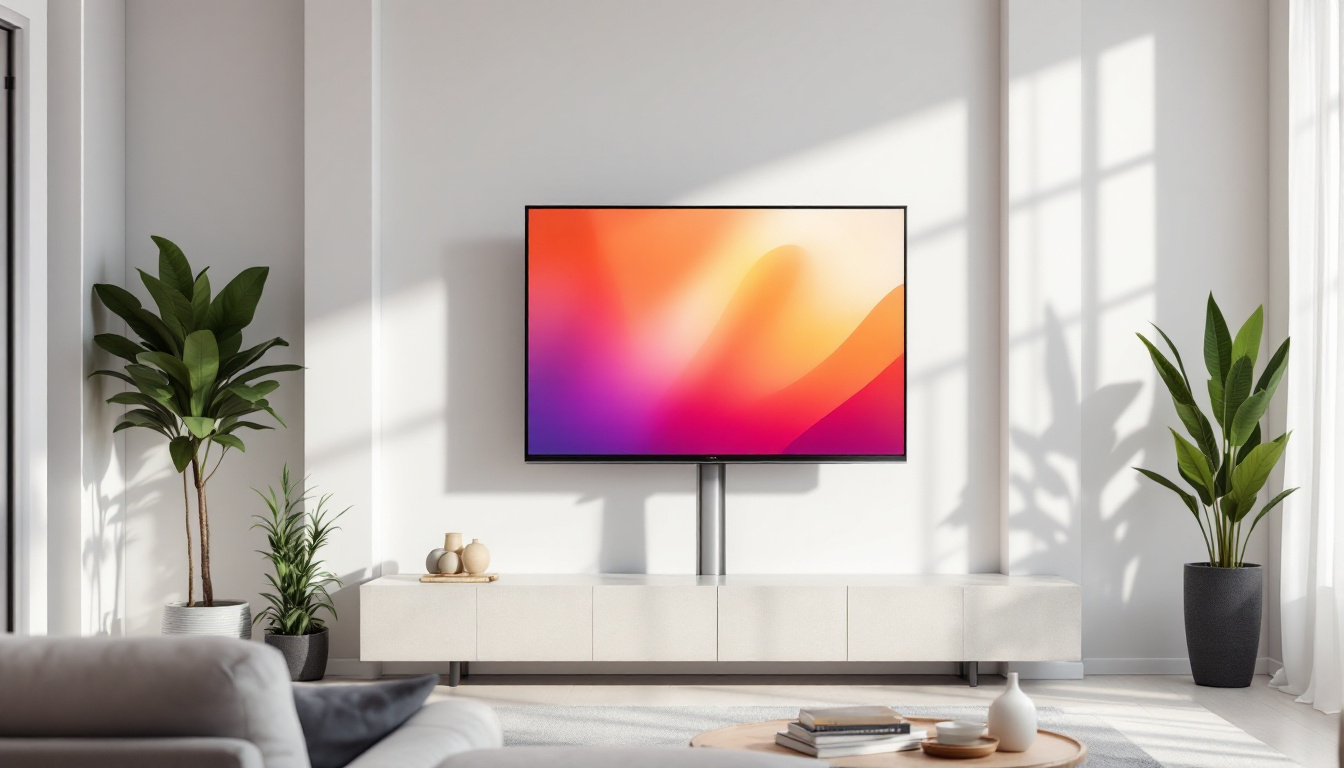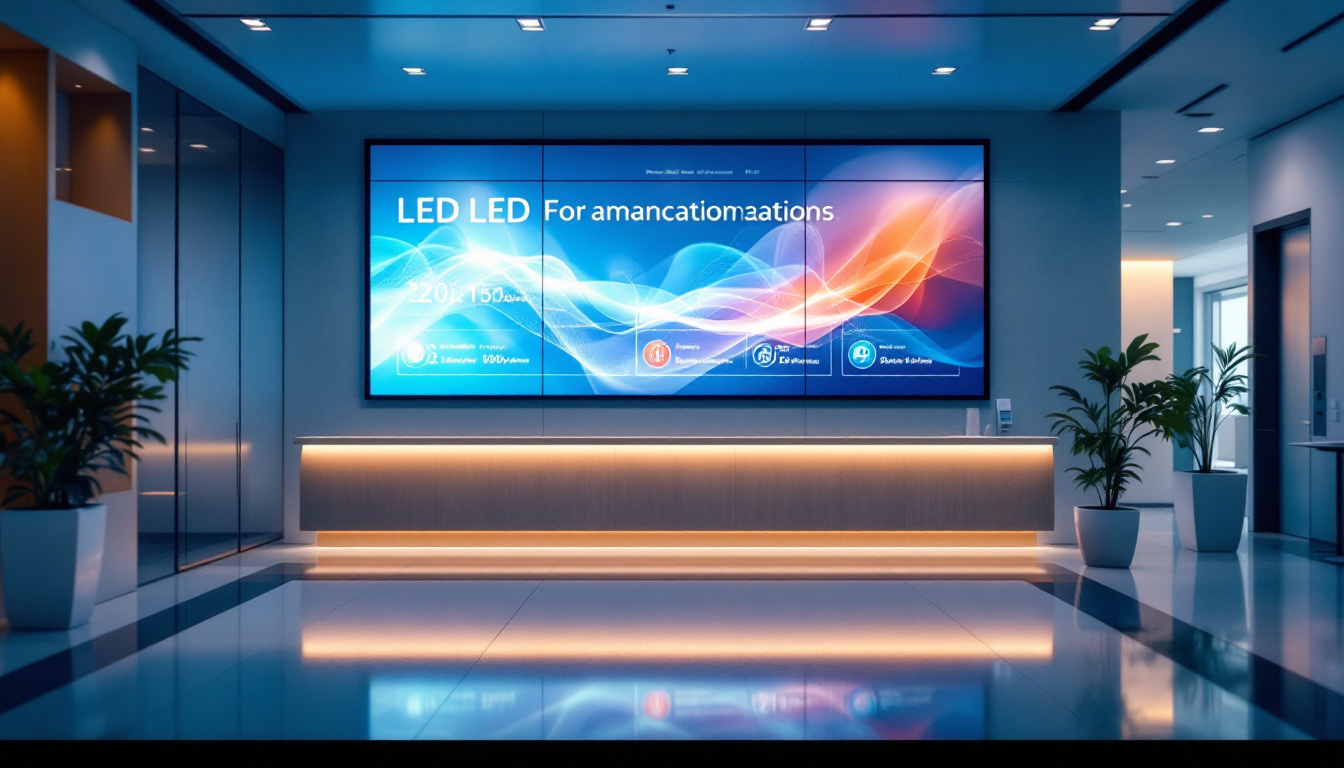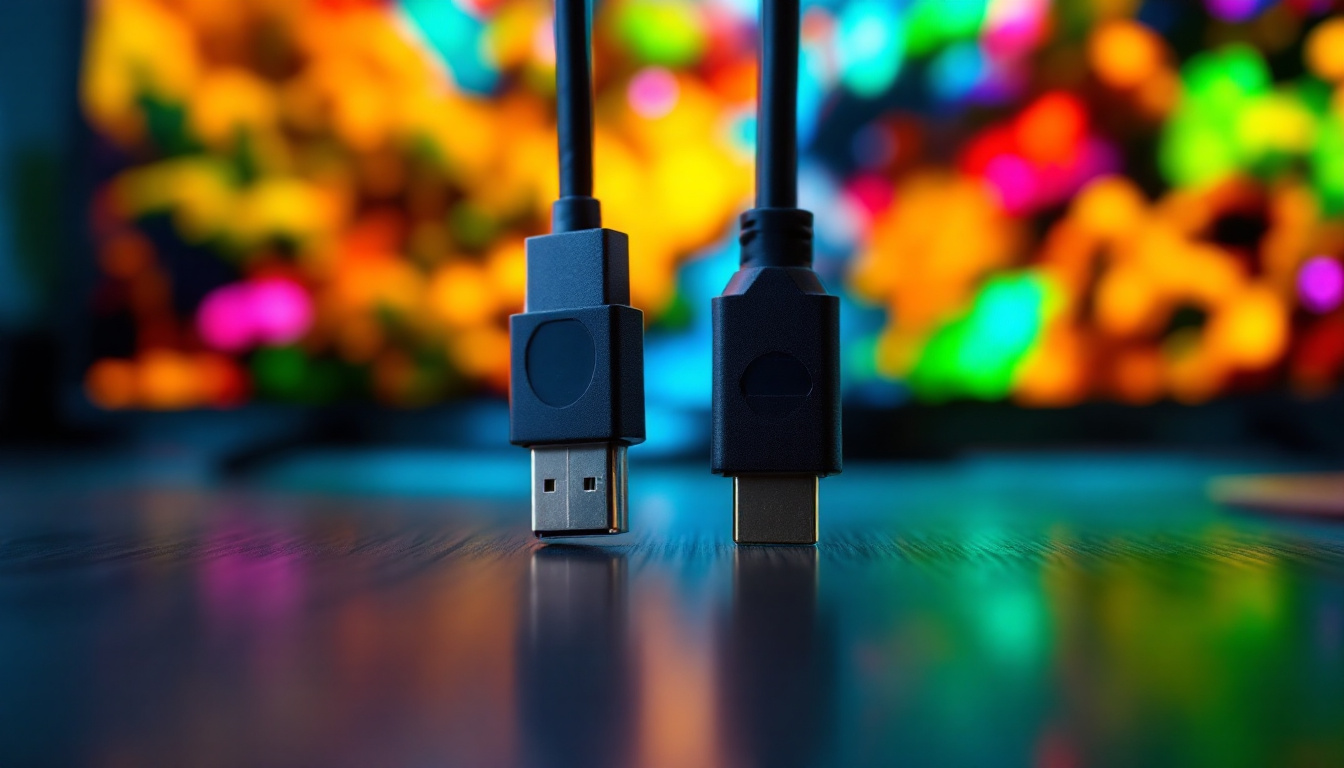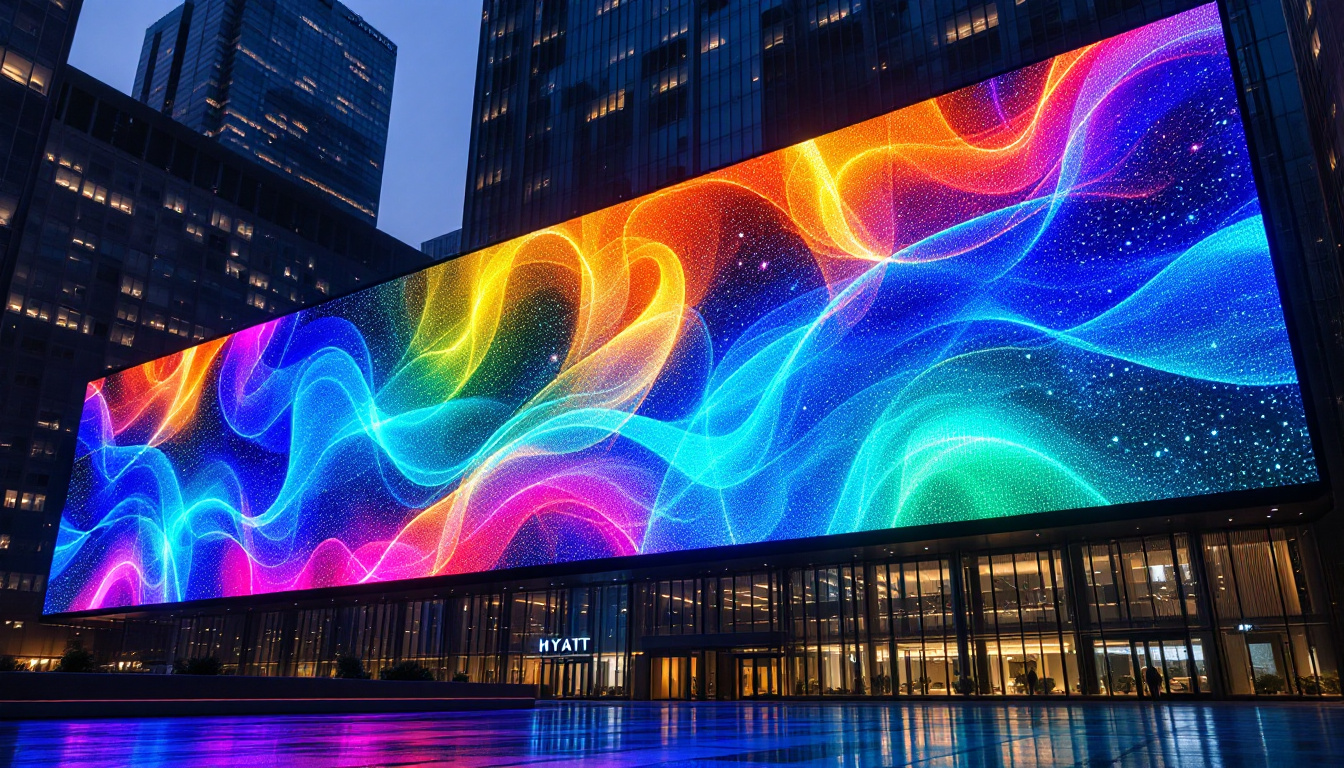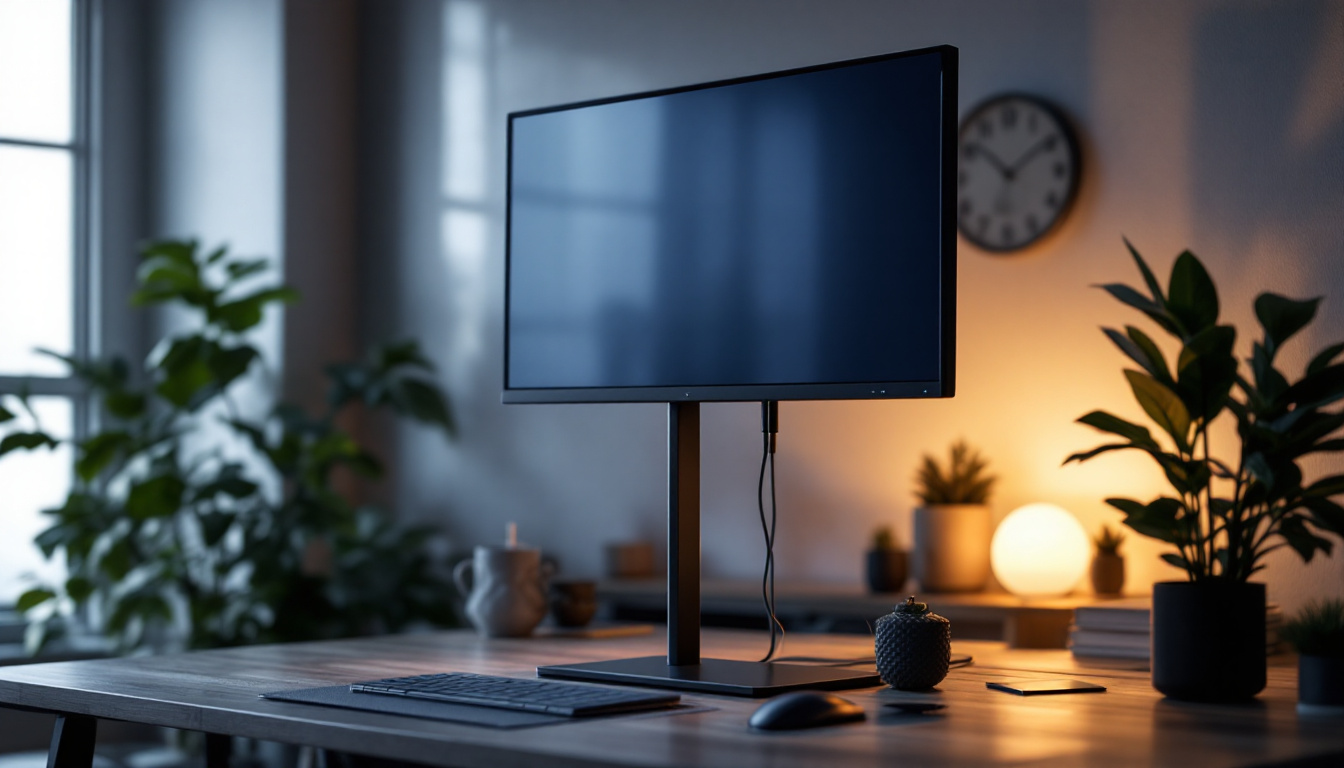The world of desktop monitors has evolved significantly over the years, with various sizes and technologies available to cater to diverse user needs. Among these options, the 16-inch desktop monitor stands out as a compact yet effective choice for many users. This article delves into the intricacies of LED displays, their advantages, and what to consider when choosing a 16-inch monitor.
Understanding LED Technology
LED, or Light Emitting Diode, technology has revolutionized the way displays are manufactured and perceived. Unlike traditional LCD screens that use fluorescent backlighting, LED monitors utilize small diodes to produce light, resulting in brighter images and improved energy efficiency.
How LED Displays Work
At the core of an LED monitor is a matrix of tiny diodes that emit light when an electric current passes through them. This allows for more precise control over brightness and color. The diodes can be arranged in various configurations, including edge-lit and full-array backlighting, each offering distinct advantages.
Edge-lit monitors have diodes positioned along the edges of the screen, which allows for a thinner design. In contrast, full-array monitors feature diodes placed directly behind the screen, providing better uniformity in brightness and contrast. This technology enables deeper blacks and more vibrant colors, enhancing the overall viewing experience. Additionally, advancements in local dimming technology allow full-array displays to selectively dim specific regions of the screen, further improving contrast and making dark scenes in movies or video games appear richer and more detailed.
Benefits of LED Displays
LED displays come with several advantages that make them a popular choice among consumers. One of the primary benefits is their energy efficiency. LED monitors consume significantly less power compared to traditional LCDs, which translates to lower electricity bills and a reduced environmental footprint.
Moreover, LED displays offer superior color accuracy and brightness levels. This is particularly beneficial for graphic designers, photographers, and video editors who require precise color representation for their work. The enhanced contrast ratios found in LED technology also contribute to a more immersive viewing experience, whether for gaming, watching movies, or general productivity. Furthermore, LED technology has paved the way for innovations like HDR (High Dynamic Range), which expands the range of colors and brightness levels that can be displayed, allowing for a more lifelike and engaging visual experience. As a result, users can enjoy content with greater depth and realism, making LED displays an ideal choice for both entertainment and professional applications.
Why Choose a 16 Inch Monitor?
A 16-inch desktop monitor is an ideal choice for users who need a balance between screen real estate and desk space. This size is particularly well-suited for smaller workspaces, such as home offices or shared environments, where maximizing available space is essential.
Compact Design for Limited Spaces
The compact nature of a 16-inch monitor allows it to fit comfortably on desks with limited space. This is especially advantageous for students or professionals who may not have the luxury of a large workstation. Additionally, the lightweight design makes it easy to transport, making it a great option for those who need to work on the go.
Furthermore, a smaller screen can reduce distractions. In a world filled with information overload, a 16-inch monitor can help users focus on their tasks without the overwhelming presence of a larger display. This can lead to improved productivity and a more organized workspace. The limited screen size encourages users to prioritize their tasks, making it easier to manage workflows and stay on track with deadlines.
Moreover, many 16-inch monitors come equipped with features such as adjustable stands and VESA compatibility, allowing users to customize their setup according to their ergonomic needs. This flexibility not only enhances comfort during prolonged use but also promotes better posture, which is crucial for maintaining health in a work-from-home environment.
Cost-Effectiveness
Another significant advantage of opting for a 16-inch monitor is the cost. Generally, smaller monitors are more affordable than their larger counterparts. This makes them an attractive option for budget-conscious consumers who still want quality performance without breaking the bank.
In addition to the initial purchase price, the energy efficiency of LED technology contributes to long-term savings. Users can enjoy lower electricity bills while benefiting from a high-quality display, making a 16-inch LED monitor a smart investment. This cost-effectiveness extends beyond just the purchase; many models also come with longer warranties and reliable customer support, ensuring peace of mind for users who may be hesitant to invest in technology.
Furthermore, the availability of various brands and models in the 16-inch category means that consumers can easily find a monitor that fits their specific needs and preferences. Whether it’s for gaming, graphic design, or simple office tasks, there are options that cater to different performance requirements without the hefty price tag typically associated with larger displays. This variety allows users to make informed decisions based on their individual use cases, ensuring they get the best value for their money.
Key Features to Consider
When selecting a 16-inch desktop monitor, several key features should be taken into account to ensure it meets individual needs. These features can significantly impact the overall user experience, making it essential to choose wisely.
Resolution
Resolution plays a crucial role in the clarity and sharpness of the images displayed on the screen. Most 16-inch monitors come with a resolution of either 1366×768 (HD) or 1920×1080 (Full HD). While HD resolution is adequate for basic tasks like browsing and document editing, Full HD offers a more detailed and crisp image, making it a better choice for multimedia consumption and graphic design.
For users who prioritize image quality, opting for a Full HD resolution is advisable. This ensures that text appears sharper and images are more vibrant, enhancing the overall viewing experience.
Refresh Rate
The refresh rate, measured in hertz (Hz), indicates how many times the screen refreshes the image per second. A higher refresh rate results in smoother motion, which is particularly important for gaming and fast-paced video content. Most standard monitors operate at 60Hz, but for gamers, a refresh rate of 120Hz or higher can provide a more fluid experience.
While a 16-inch monitor may not be the primary choice for hardcore gamers, those who engage in casual gaming should still consider the refresh rate, as it can enhance the overall experience, reducing motion blur and improving responsiveness.
Connectivity Options
Modern monitors come equipped with various connectivity options, making it easier to connect to different devices. Common ports include HDMI, DisplayPort, and VGA. For users who plan to connect their monitors to laptops or gaming consoles, ensuring compatibility with the necessary ports is crucial.
Additionally, some monitors may offer USB ports for easy access to peripherals, such as keyboards and mice. Having multiple connectivity options can enhance versatility and ease of use, making it simpler to switch between devices as needed.
Ergonomics and Adjustability
Ergonomics is an often-overlooked aspect when choosing a monitor. A well-designed monitor can significantly impact comfort, especially for users who spend long hours in front of the screen. Look for features such as adjustable height, tilt, and swivel capabilities.
Height Adjustment
Height adjustment allows users to position the monitor at eye level, reducing strain on the neck and back. This is particularly important for maintaining good posture and preventing discomfort during extended use. Monitors that offer this feature are typically more versatile, accommodating a range of user preferences and desk setups.
Blue Light Reduction
Many modern monitors come equipped with blue light reduction technology, which minimizes exposure to blue light emitted from screens. Prolonged exposure to blue light can lead to eye strain and fatigue. Monitors with this feature often include settings that allow users to adjust the color temperature, making it easier on the eyes during long sessions.
Popular Use Cases for 16 Inch Monitors
The versatility of a 16-inch desktop monitor makes it suitable for various applications. Understanding the specific use cases can help potential buyers make informed decisions about their purchase.
Office and Productivity
In office environments, a 16-inch monitor can serve as an excellent tool for productivity. Its compact size allows for easy integration into existing setups, whether as a primary monitor or a secondary display. Users can efficiently manage multiple applications, enhancing workflow and organization.
Additionally, the energy efficiency of LED displays aligns with corporate sustainability goals, making them a responsible choice for businesses looking to reduce their environmental impact.
Education and Remote Learning
With the rise of remote learning, students require reliable and efficient tools to facilitate their education. A 16-inch monitor provides ample screen space for online classes, research, and assignments. Its portability also allows students to easily transport it between home and school, adapting to various learning environments.
Casual Gaming and Entertainment
While a 16-inch monitor may not be the first choice for competitive gamers, it can still deliver an enjoyable gaming experience for casual players. The compact size is perfect for smaller gaming setups, and the vibrant colors and sharp images produced by LED technology enhance gameplay.
Moreover, watching movies or streaming content on a 16-inch monitor can be a delightful experience, especially when paired with high-definition resolution. Users can enjoy their favorite shows and films without compromising on quality.
Conclusion
In conclusion, a 16-inch desktop monitor equipped with LED technology offers an array of benefits, making it a compelling choice for various users. Its compact design, energy efficiency, and superior display quality cater to the needs of professionals, students, and casual gamers alike.
When selecting a monitor, it is essential to consider factors such as resolution, refresh rate, connectivity options, and ergonomic features. By understanding these elements, users can make informed decisions that enhance their overall computing experience.
As technology continues to advance, the 16-inch LED monitor remains a relevant and practical solution for those seeking a balance between performance and space efficiency. Whether for work, study, or leisure, this monitor size proves to be a valuable addition to any setup.
Discover LumenMatrix’s Advanced LED Displays
Ready to elevate your visual experience with a high-performance 16-inch LED monitor? Look no further than LumenMatrix, a pioneer in LED display technology. Our extensive range of solutions, from Indoor and Outdoor LED Wall Displays to innovative LED Sports and Floor Displays, is designed to meet your every need. Embrace the future of visual communication with LumenMatrix’s LED displays that promise to enhance engagement and deliver your message with unparalleled impact. Check out LumenMatrix LED Display Solutions today and transform your space with vibrant, energy-efficient displays.

